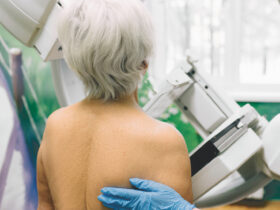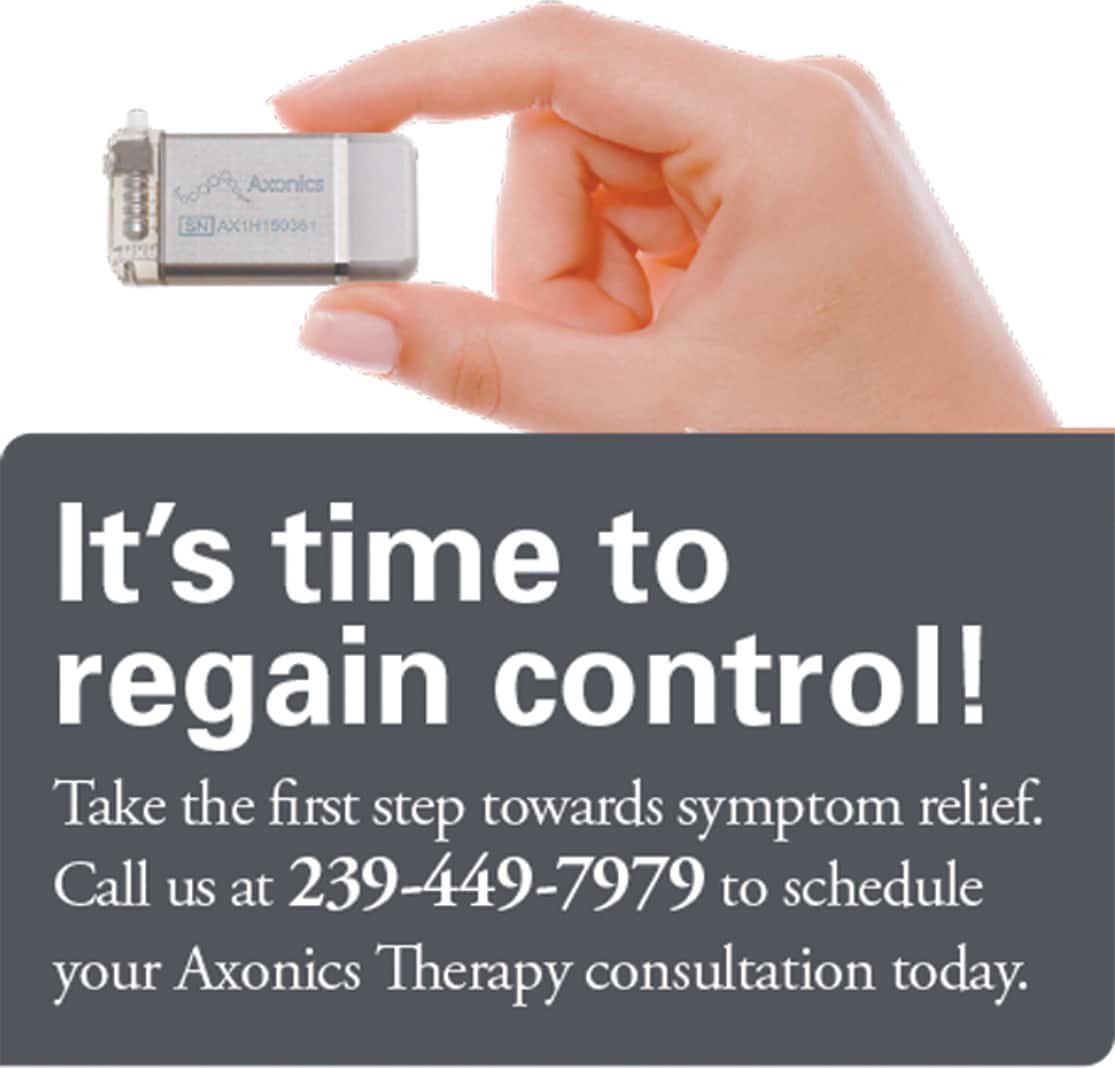By Sahiba Singh, DPM, AACFAS
Down syndrome (DS) is a genetic condition caused by the presence of an extra chromosome 21, leading to intellectual and developmental disabilities. Along with cognitive challenges, individuals with Down syndrome often experience a variety of physical issues, many of which affect the feet and ankles. These podiatric issues can significantly impact mobility, comfort, and overall quality of life. Understanding and addressing these concerns is vital for healthcare providers, caregivers, and individuals with Down syndrome.
Flat Feet
This condition occurs when the arch of the foot is low or absent, causing the entire sole to make contact with the ground. Flat feet can lead to discomfort, pain, and an increased risk of further orthopedic issues, such as knee, hip, or back pain due to abnormal walking mechanics. Symptoms of flat feet include pain in the arch, heel, or ankle, excessive wear on the inside edge of shoes, difficulty standing for long periods, and swelling in the foot or ankle. Treatment often involves custom orthotics, supportive footwear, physical therapy, and, in severe cases, surgical intervention.
In addition to flat feet, individuals with Down syndrome often have hyperflexible joints due to low muscle tone (hypotonia). This hyperflexibility can affect the foot and ankle, leading to instability and a higher likelihood of injuries such as sprains, strains, or even dislocations. Common symptoms of hyperflexibility include frequent ankle sprains, difficulty maintaining balance, and joint instability. Management typically involves strengthening exercises, supportive footwear, and in some cases, bracing to enhance stability and prevent injury.
Bunions (Hallux Valgus)
A bunion occurs when the big toe deviates towards the second toe, forming a bony bump at the base of the big toe. This deformity is often caused by abnormal foot alignment and muscle imbalances. Symptoms of bunions include pain or tenderness at the base of the big toe, swelling and redness around the joint, deformity of the toe joint, and difficulty finding comfortable shoes. Non-surgical treatments include wearing wide, cushioned shoes, using bunion pads, and performing foot exercises. In severe cases, surgery may be necessary to correct the deformity.
Toe Deformities or Hammertoes
Overlapping toes occurs when one or more toes shift in position, often the second and third toes. This is caused by muscle imbalances and ligament laxity, which can lead to discomfort, difficulty with shoe fitting, and balance problems. Symptoms of overlapping toes include toes that overlap each other, pain and irritation from shoes pressing on the toes, and difficulty walking or wearing certain types of shoes. Treatment typically involves using toe spacers, proper footwear, and in some cases, surgical correction.
Hammer toes, characterized by one or more toes bending downward at the joint, is a condition that results from muscle imbalances and can lead to pain, corns, calluses, and difficulty walking. Symptoms of hammer toes include a raised middle joint in the affected toe, pain when wearing shoes, and an inability to straighten the affected toe. Treatment often involves wearing shoes with a wide toe box, using pads to reduce pressure, and performing stretching exercises. In severe cases, surgery may be required.
Ingrown Toenails
Ingrown toenails occur when the nail grows into the surrounding skin, leading to pain, swelling, and infection. These can be exacerbated by hypotonia and abnormal gait. Symptoms include redness, swelling, and pain around the toenail, as well as difficulty wearing shoes. Proper nail trimming, good foot hygiene, and well-fitting shoes are key to preventing ingrown toenails. In cases of infection or severe discomfort, a podiatrist may need to treat the condition with antibiotics or surgery.
Delayed Motor Function and Gait Abnormalities
Due to hypotonia and joint hyperflexibility, children with Down syndrome often experience delays in motor milestones, such as walking. When they begin to walk, they may display abnormal gait patterns, such as walking on their toes, waddling, or having a wide stance. These gait abnormalities can lead to further podiatric problems and joint pain over time. Symptoms include difficulty or delay in learning to walk, abnormal walking patterns, and muscle weakness in the legs and feet. Early intervention through physical therapy, orthopedic assessment, and customized footwear can improve gait patterns and help prevent long-term foot and joint issues.
Preventing and managing podiatric issues in individuals with Down syndrome involves several strategies. Proper footwear is essential to support the foot structure and prevent additional problems. Shoes should be comfortable, provide adequate arch support, and promote proper foot alignment. Orthotic insoles can also help correct alignment and provide extra support. Regular visits to a podiatrist are crucial for monitoring foot health and addressing any emerging issues. Early intervention can prevent the progression of foot problems and improve mobility. Additionally, physical therapy can strengthen the muscles of the feet and legs, improving stability and reducing the risk of deformities. Stretching and range-of-motion exercises are also helpful for maintaining flexibility and preventing conditions like hammer toes or tight Achilles tendons.
In some cases, surgical intervention may be necessary to correct severe foot deformities such as bunions, overlapping toes, or flat feet. However, surgery should always be considered after exploring less invasive treatments and in consultation with a healthcare provider familiar with the unique needs of individuals with Down syndrome.
Podiatric issues are common in individuals with Down syndrome but can be managed effectively with early intervention, appropriate footwear, and regular monitoring. By addressing these concerns proactively, individuals with Down syndrome can enjoy improved mobility, comfort, and a better quality of life. Caregivers and healthcare providers play a vital role in ensuring that these foot and ankle issues are properly managed to help individuals with Down syndrome lead active, independent lives.
Disclaimer: This content is not intended to be a substitute for professional medical advice, diagnosis, or treatment. Always seek the advice of your physician or other qualified health care provider with any questions you may have regarding a medical condition.
Sahiba Singh DPM, AACFAS
For more information, you may contact Dr. Sahiba Singh at
Family Foot & Leg Center at (239) 430 – 3668 (FOOT).
Family Foot & Leg Center has 8 locations throughout Collier, Lee, & Charlotte Counties to quickly resolve all your foot and ankle problems.
FAMILY FOOT & LEG CENTER
3161 Harbor Blvd, Suite B,
Port Charlotte, FL 33952
(239) 430 – 3668 (FOOT)
www.NaplesPodiatrist.com








